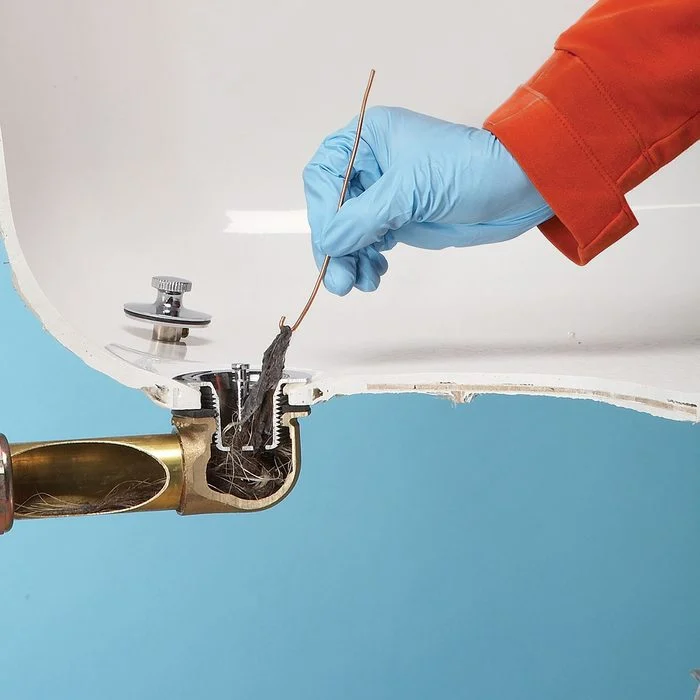Here are twelve beginner-friendly DIY projects designed to help you sharpen your home improvement skills and build confidence along the way. While they range in difficulty, each one is approachable for newcomers ready to dive in, roll up their sleeves, and enjoy the process.
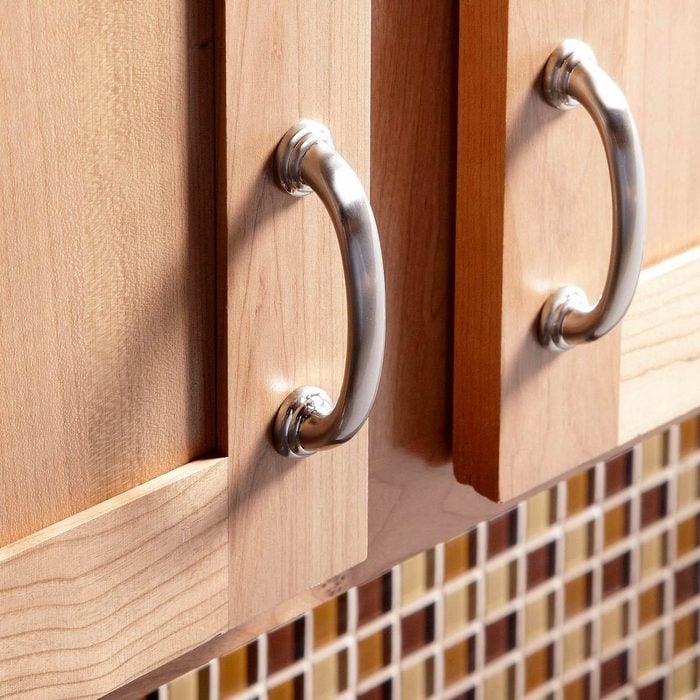
Cabinet Pulls
Swapping out cabinet pulls or knobs is an affordable and effortless way to refresh your kitchen’s look. This guide from Family Handyman offers a fantastic step-by-step process, packed with helpful tips and tricks that usually come from trial and error after a few mishaps with cabinet doors.
Why it’s perfect for beginners: Changing cabinet pulls can be as straightforward as removing the old ones and attaching new ones. However, issues can arise along the way—whether it’s figuring out how to use washers or dealing with a pull that’s stubbornly rusted onto a screw. These obstacles present an opportunity to problem-solve without the stress of major damage or hefty costs.
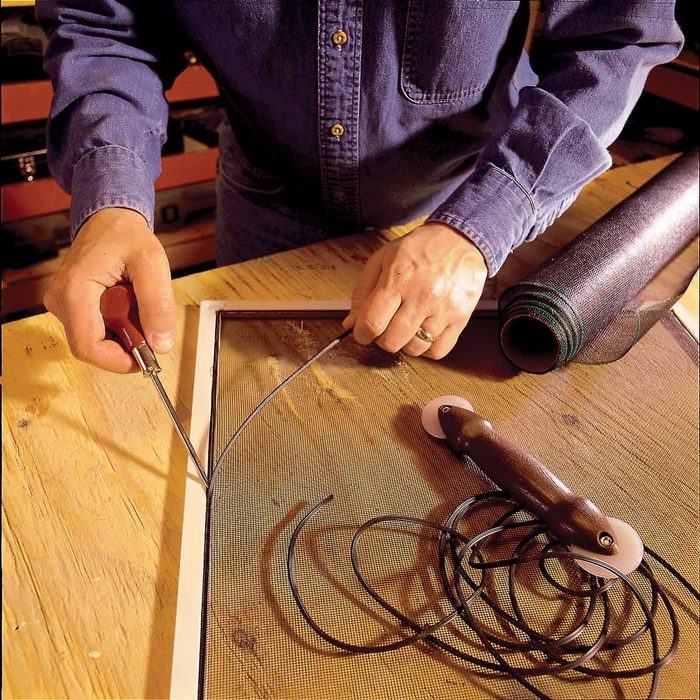
Replace a Torn Window Screen
Whether it’s due to a stray tree branch, an enthusiastic pet, or just the passage of time, most window screens will eventually need fixing. You can patch up a small rip or go a step further and replace the entire screen. This beginner-friendly project not only improves your home’s curb appeal but also helps keep pesky bugs outside where they belong.
Why it’s ideal for novices: Taking out the screen gives you a hands-on introduction to how your windows work—knowledge that’ll be incredibly useful when it comes time for future repairs or upkeep.
A handy excuse to upgrade your toolkit: The supplies for this task are budget-friendly and often sufficient for multiple fixes, so you’ll be ready for next time. While a flathead screwdriver or even an old credit card can press the spline into place, investing in a spline roller makes the job easier and helps prevent accidental damage. Bonus: it’s a one-time purchase that’ll last a lifetime.
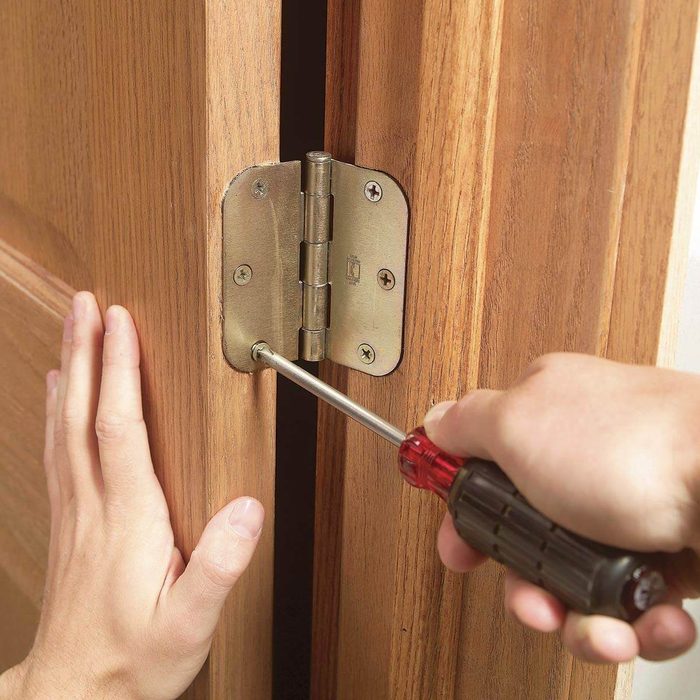
Door Fixes
Over the years, interior doors in your home might begin to stick or refuse to latch properly. The solution depends on what’s causing the issue—whether it’s humidity, excess paint layers, or the natural settling of your house, each requires a slightly different fix to restore smooth operation.
Why it’s a smart beginner project: Repairing a door introduces you to a variety of basic carpentry techniques, like planing edges or adjusting a strike plate. It’s a hands-on way to build practical skills without committing to a lengthy or overwhelming renovation.
A reason to invest: This task is the perfect justification for picking up a good-quality hand plane—an affordable and long-lasting tool that will serve you well in countless future projects.
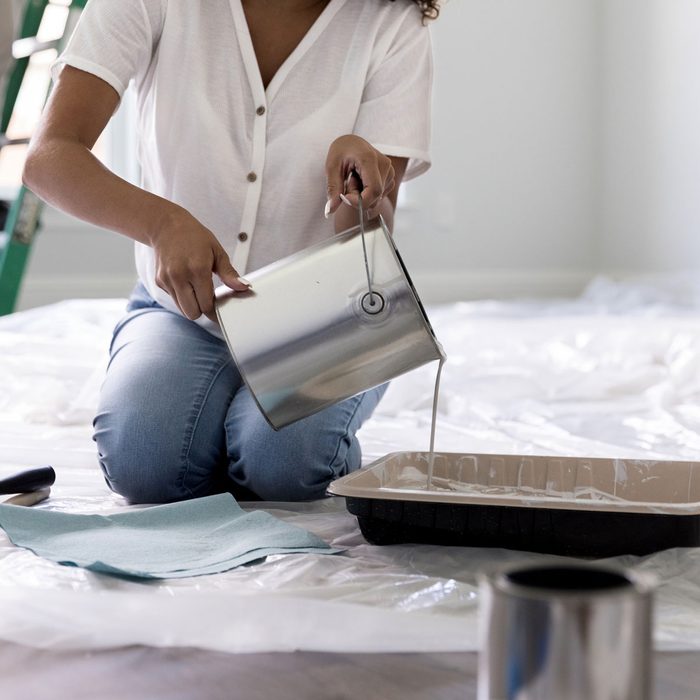
Paint a Room
Applying a fresh coat of paint is one of the quickest, most cost-effective ways to instantly transform the vibe of any room.
Why it’s perfect for beginners: Painting is a foundational DIY skill every home improver should learn. Whether you’re covering a patched wall or updating an entire space, it’s usually the final flourish that brings a project together. Plus, if the outcome isn’t quite what you envisioned, it’s an easy fix—just paint over it!
An excuse to expand your toolkit: Painting opens the door to a range of helpful gear. New to the game? Now’s the ideal time to pick up essentials like a roller, tray, angled trim brush, and cleanup supplies. Already have the basics? You can explore some of the more advanced or time-saving painting gadgets that make the job even easier.
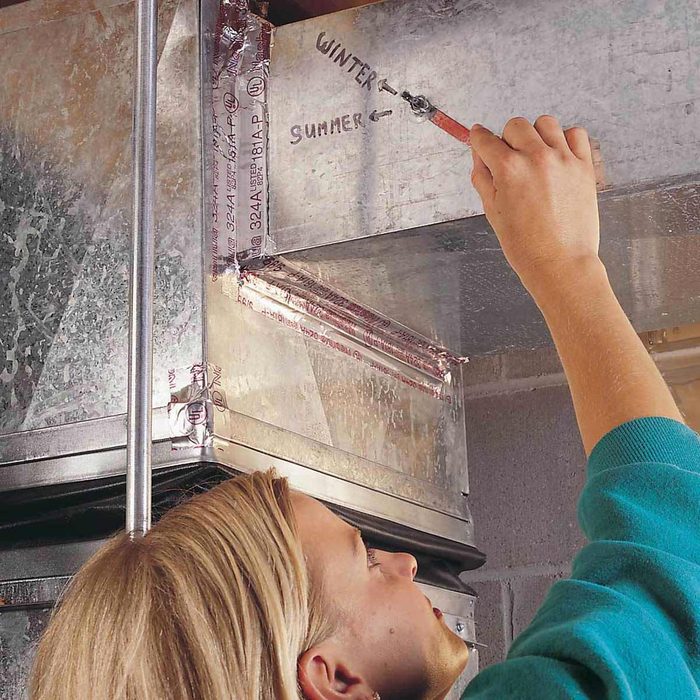
Balance your Furnace Dampers
Furnace vent lines are equipped with metal dampers that can be adjusted with a simple turn of the handle to control airflow. By properly balancing these vents, you can redirect heat to the areas of your home that need it most.
Why it’s a great project for beginners: Especially useful in two-story homes with dramatic seasonal temperature changes, this task not only helps optimize comfort but also introduces you to the inner workings of your furnace. Plus, it’s a proactive way to lower energy bills—and far less stressful than trying to troubleshoot a heating issue during a winter cold snap.
A good reason to upgrade your gear: If your basement or crawlspace has limited lighting or high ceilings, investing in a quality ladder or a reliable headlamp will make this job much easier. And the best part? These tools will come in handy for countless future DIY tasks.
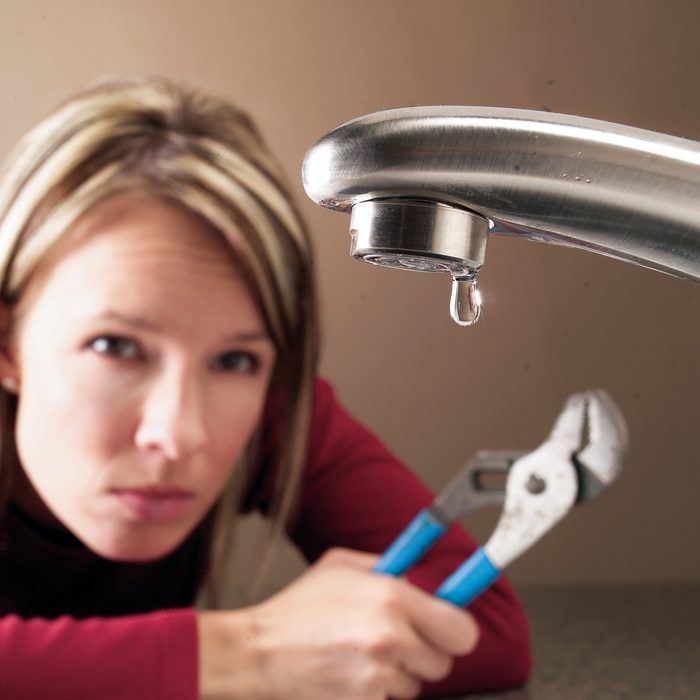
Leaky Faucet Repair
A dripping faucet doesn’t just waste water—it slowly drains your wallet, too. If you’ve got one that won’t stop leaking, it’s the perfect opportunity to dive into the basics of plumbing and home repair.
Why it’s a solid beginner project: Fixing a faucet helps you get familiar with how plumbing fixtures function. Most are built for easy disassembly and reassembly, making repairs straightforward. And since faucet designs vary, troubleshooting your specific model gives you a broader understanding of common plumbing setups.
A great excuse to expand your toolbox: When it comes to loosening tight fixtures like faucets or aerators, vice grips and channel lock pliers are invaluable. Investing in high-quality versions of both will pay off—you’ll find yourself reaching for them again and again on future projects.
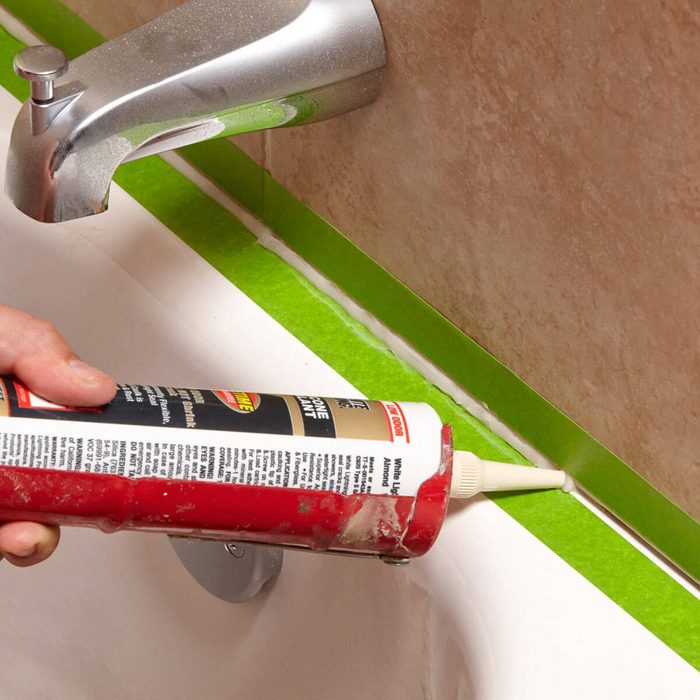
Caulking Refresh
Over time, the caulk sealing joints and gaps in your bathroom can become grimy, cracked, or loose. Re-caulking your tub or shower not only improves the look of your space but also helps protect against water damage—making it both a cosmetic and functional upgrade, and a great chance to learn a key home repair technique.
Why it’s ideal for beginners: Sloppy, uneven caulk lines are an eyesore—and laying a clean, consistent bead takes a bit of practice. It’s a hands-on skill you can only develop by doing. The resources linked above walk you through old caulk removal and offer expert tips that even seasoned pros rely on.
What it lets you add to your toolkit: Don’t have a caulk gun yet? Now’s the time to get one. Spend a little extra on a smooth, drip-free model—you’ll notice the difference right away. With basic care, it’ll serve you well for years to come.
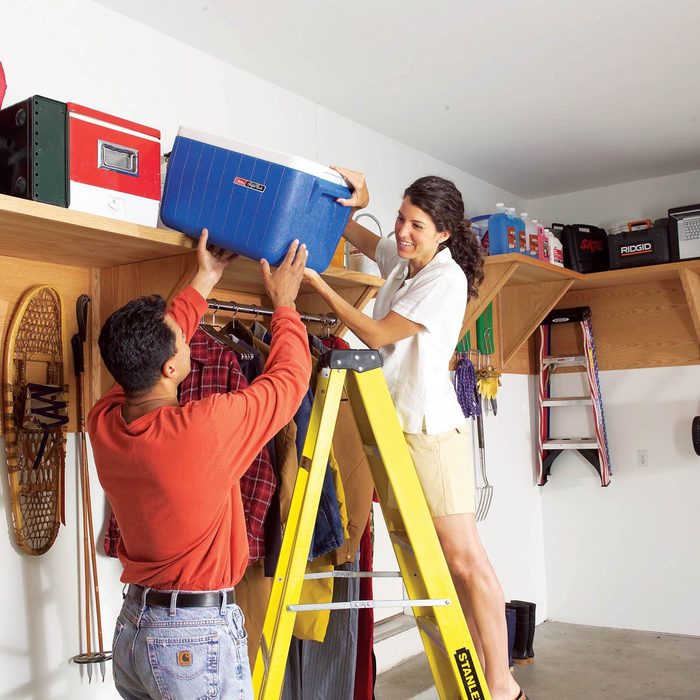
Garage Storage Shelves
Boost your garage’s storage potential while picking up essential woodworking skills by constructing and installing your own custom shelves.
Why it’s a great beginner project: Since garages tend to be purely functional areas, it’s the perfect place to practice and make mistakes without worrying about aesthetics. Building shelves helps you get familiar with project planning, precise measuring, and making efficient cuts—especially when working with full sheets of plywood. It’s a forgiving, practical way to build confidence with tools and techniques.
An excuse to upgrade your gear: This project calls for a circular saw, a staple in any DIYer’s arsenal. To make long, straight cuts even easier, consider grabbing a ripping fence attachment. And if you already own a saw, now’s a great time to level up your setup with a compressor and nail gun—they’ll dramatically speed up the build and come in handy on countless future tasks.
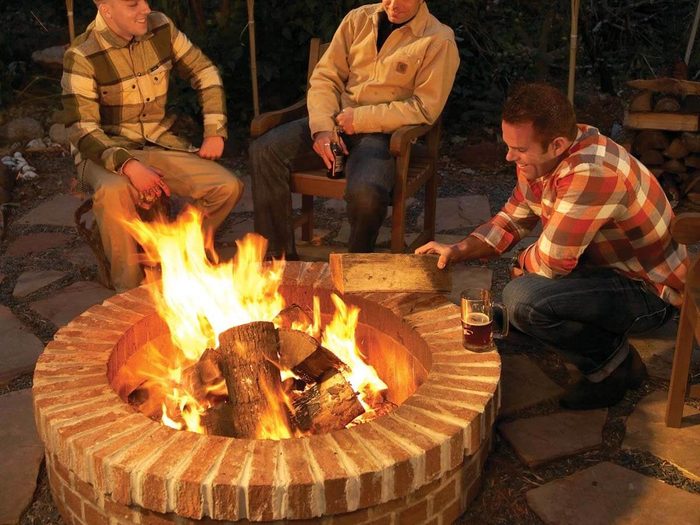
Build a Fire Pit
Design a cozy outdoor hangout by building your very own backyard fire pit—ideal for bonfires, s’mores, and year-round gatherings.
Why it’s a great beginner project: Constructing a fire pit introduces you to the fundamentals of concrete work, masonry, and hardscaping. It’s a hands-on way to develop skills that translate to a wide range of future projects, including patios, retaining walls, and even brick repair. It’s a solid entry point into outdoor home improvement that’s both fun and functional.
A smart reason to stock up: This project gives you a good excuse to grab some basic masonry tools, like a trowel and tuck pointer. These inexpensive tools will not only speed up your workflow but also serve you well in countless other masonry and concrete tasks down the road.
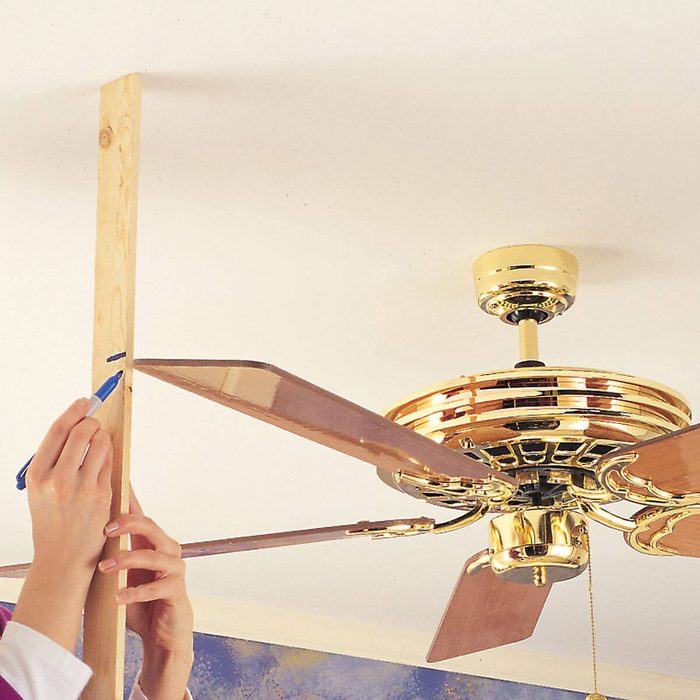
Hang a Ceiling Fan
Swapping out an old light fixture for a ceiling fan not only enhances the look of a room but can also help reduce your heating and cooling bills. While fan installation used to be notoriously tricky, modern ceiling fan designs now simplify the process by allowing the fan to hang from a support brace during assembly—making it much more beginner-friendly.
Why it’s a solid project for first-timers: If there’s already a ceiling fan or light fixture in place, upgrading to a new fan mainly involves straightforward wiring and some light assembly. Like many DIY efforts, the real learning happens in navigating the small, unexpected hiccups. And if something doesn’t go right the first time, the fallback is simple—put the original fixture back up and try again later.
Why it’s a great excuse to gear up: Starting electrical work is the perfect moment to add a voltage tester to your toolkit. It’s a low-cost, must-have safety device that lets you confirm power is off before touching any wires—giving you peace of mind and making your work much safer.
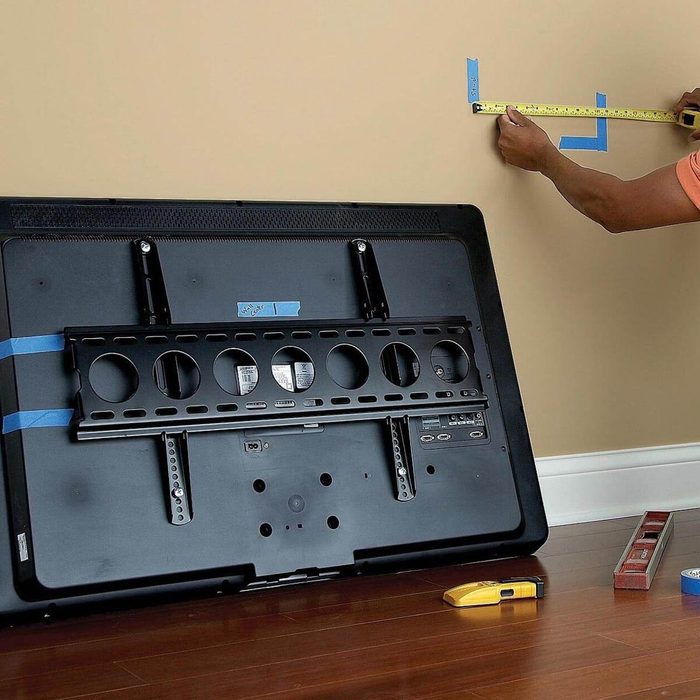
Install a Wall-Mounted Television
Flat-screen TVs offer a clean, modern look—until tangled cables drape down the wall and spoil the aesthetic. Hiding those wires transforms your setup into something truly sleek and polished.
Why it’s a great beginner project: Wall-mounting a TV, moving an outlet, and routing cables through the wall are great introductions to more advanced home improvement tasks. You’ll gain valuable experience in basic electrical work and learn how to fish wires through wall cavities—an essential skill for future projects. With thoughtful planning, you can often complete the job without needing to patch or paint drywall.
What it lets you justify buying: While this task can be tackled with basic tools, picking up a few extras like a stud finder, fish tape, and a drywall saw will make the job far easier and more efficient. These tools will quickly become staples in your DIY collection.
